Say goodbye to dull, dry locks and hello to hydrated, healthy hair that radiates vibrancy from root to tip.
Hair oiling isn’t just a beauty trend; it's an age-old ritual backed by generations of wisdom, as well as modern science. This simple practice nourishes the scalp, strengthens hair fibers, and imparts a luminous sheen without the harsh chemicals of drugstore hair care products.
Whether you're fighting frizz, seeking growth, or longing for softness, incorporating oil into your hair care routine can unlock the secrets to healthier, more beautiful tresses.
What Is Hair Oiling?
Hair oiling is the practice of massaging oils into the hair and scalp to improve the health, strength, and appearance of hair. The oils used are chosen for their nourishing properties and their ability to penetrate the hair shaft, moisturize the scalp, and promote hair growth.
This method has deep roots in Ayurvedic traditions, particularly in India, where it has been a cornerstone of wellness and beauty routines for thousands of years. Historically, hair oiling has been more than just a cosmetic procedure; it's a therapeutic ritual that’s often performed as a bonding activity between family members.
Benefits of Hair Oiling
Regular oiling helps maintain a healthy scalp by improving blood circulation, delivering essential nutrients for hair growth, according to a March 2021 study in Scientific Reports. Additionally, specific oils have antifungal properties that can help prevent dandruff, per a May-June 2022 study in the International Journal of Trichology.
Moisturization is another key benefit, with oils such as coconut and olive penetrating deep into the hair shaft to hydrate and prevent moisture loss, per a January-March 2015 study also in the International Journal of Trichology. This helps to strengthen hair, reducing brittleness and breakage, according to an April 2021 study in the Journal of Cosmetic Dermatology.
Moreover, some oils protect your hair against environmental damage like sun exposure, which can degrade hair quality over time, per a December 2010 study in Tropical Life Sciences Research.
How to Use Hair Oil
- Choose the right oil. Depending on your hair type, select one that suits your hair's condition (try Dr. Sebi’s Hair Food Oil as it is enhanced with a rich Batana formula).
- Warm the oil. Warm a small amount of oil by placing it in a heat-resistant container and submerging it in hot water for a few minutes. This helps the oil penetrate the hair shaft more effectively.
- Apply to the scalp. Use your fingertips to apply the oil directly to your scalp. Start from the crown and work your way toward the back of your head, then down the sides. You can also apply hair oil to your beard.
- Massage gently. Spend a few minutes massaging the oil into your scalp with circular motions. This stimulates blood circulation, enhancing the oil's nourishing effects.
- Distribute through hair. Extend the oil from your scalp to the tips of your hair. If you have long hair, you might need to add a little more oil to ensure the ends are covered.
- Leave it on. Allow the oil to sit on your scalp and hair for at least 20 minutes. For deeper conditioning, you can leave it overnight; just cover your hair with a shower cap or towel to avoid staining your pillow.
- Wash out: Use a gentle shampoo to wash the oil out of your hair. You may need to shampoo twice to remove all the oil, especially if you have used a heavier or thicker one.
- Condition as usual. Apply a conditioner, focusing on the ends of your hair, then rinse.
Types of Oils Used
- Coconut oil: Rich in fatty acids, coconut oil penetrates deeply into the hair shaft, making it excellent for those with dry, brittle, or damaged hair.
- Argan oil: Known as “liquid gold,” argan oil is packed with antioxidants and vitamin E, perfect for frizz-prone and dull hair.
- Almond oil: High in vitamins D and E, almond oil offers hydration and strength, ideal for those with dry or damaged hair.
- Olive oil: Loaded with antioxidants and hydrating properties, olive oil is great for moisturizing dry scalps and thickening hair, suitable for those with dry or flaky scalp.
- Castor oil: With its high ricinoleic acid content, castor oil promotes hair growth and thickness, making it a go-to for those looking to combat thinning hair.
- Jojoba oil: Since it closely mimics the scalp's natural oils, jojoba oil regulates sebum production, ideal for those with a sensitive or oily scalp.
- Grapeseed oil: Lightweight and non-greasy, grapeseed oil moisturizes without weighing hair down, perfect for fine or oily hair types.
- Avocado oil: Rich in vitamins B and E, avocado oil deeply nourishes and moisturizes, beneficial for those with dry, damaged, or brittle hair.
- Sesame oil: Known for its cooling properties, sesame oil is beneficial for soothing an irritated scalp and preventing dandruff, suitable for dry or inflamed scalps.
- Black seed oil: Packed with antioxidants and anti-inflammatory properties, black seed oil is ideal for scalp health and restoring hair vitality, suitable for all hair types, especially those with scalp issues.
- Tea tree oil: With strong antibacterial and antifungal properties, tea tree oil is perfect for treating dandruff and scalp acne.
- Rosemary oil: Rosemary oil invigorates the scalp, promoting blood circulation and hair growth, ideal for those experiencing hair thinning or slow growth.
- Dr. Sebi's Hair Food Oil: Enriched with nourishing plant extracts and essential oils, this product is ideal for naturally restoring health and vitality to the scalp and hair, promoting stronger, more resilient growth.
Mistakes to Avoid
- Don’t overuse the oil. A few drops are often enough. Applying too much can lead to build-up and attract dirt.
- Don’t apply oil to dirty hair. Always start with clean hair to ensure the oil can penetrate effectively and doesn’t seal in dirt.
- Don’t use too much heat. While warm oil is beneficial, overheating can damage the oil’s beneficial properties and potentially harm your scalp.
- Don’t heat oil in the microwave. This can render the oil ineffective.
- Don’t leave oil in your hair for too long. While some prefer overnight oiling, leaving oil on for too long can clog pores and cause buildup. Find the duration that works best for you.
- Don’t ignore your hair type. Not every oil is suitable for every hair type. Heavier oils can weigh down fine hair, while lighter oils may not be enough for coarse or dry hair.
Frequently Asked Questions
How often should I oil my hair?
The frequency of hair oiling depends on your hair type and condition. Generally, oiling your hair once or twice a week is sufficient for most hair types, but those with particularly dry or damaged hair might benefit from oiling more frequently.
What are the disadvantages of oiling your hair every day?
Oiling your hair daily can lead to product buildup on the scalp and hair, which may clog pores and weigh down the hair, potentially causing issues like dandruff and accelerated hair loss.
Why does my hair fall out so much after oiling?
Having hair fall out after oiling can occur if the scalp is massaged too vigorously or if the hair is already weak and the oiling process involves pulling or tugging. It's important to handle your hair gently during oiling and washing.
Should I shampoo after oiling my hair?
Yes, it’s advisable to shampoo your hair after oiling to remove excess oil and prevent buildup, ensuring the scalp remains clean and the hair does not become overly greasy.
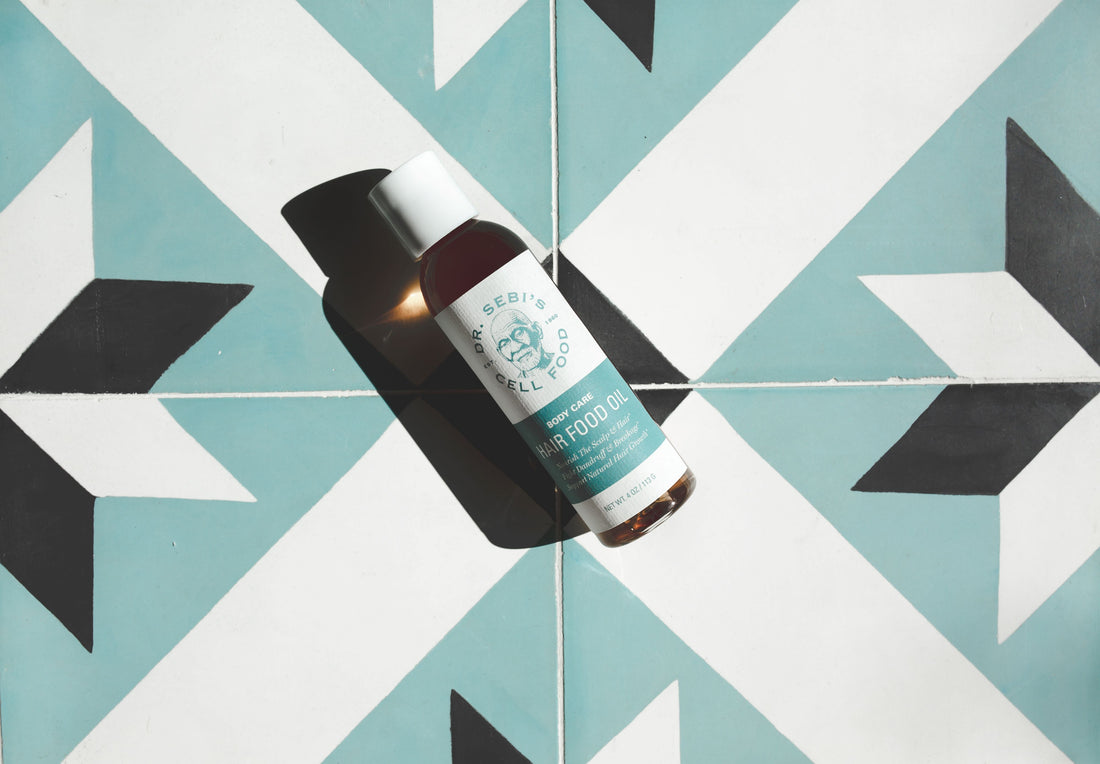












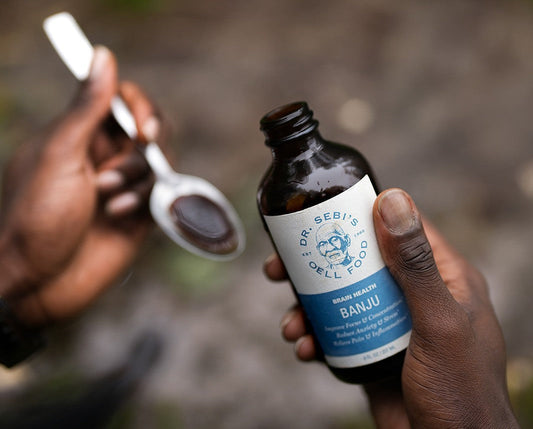
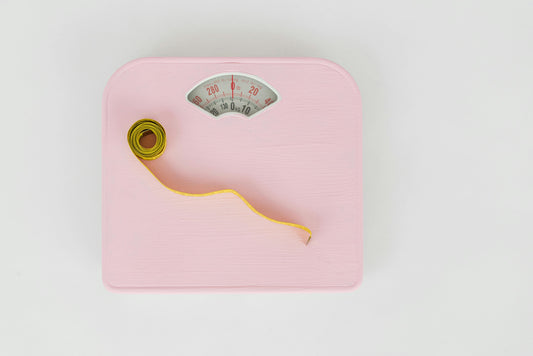


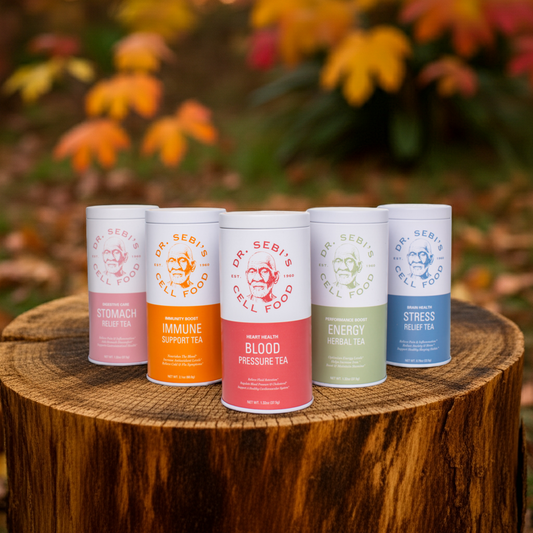


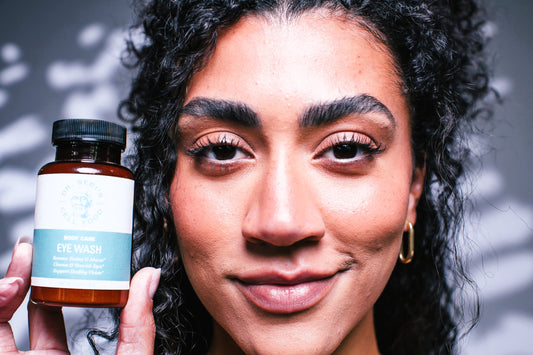
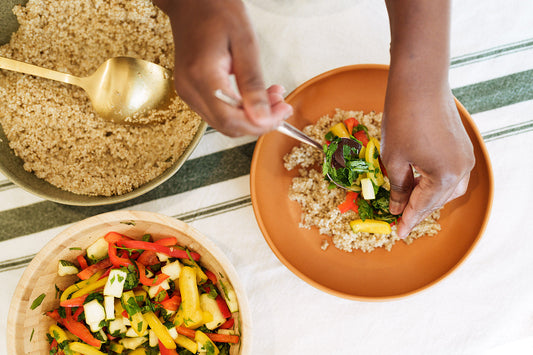
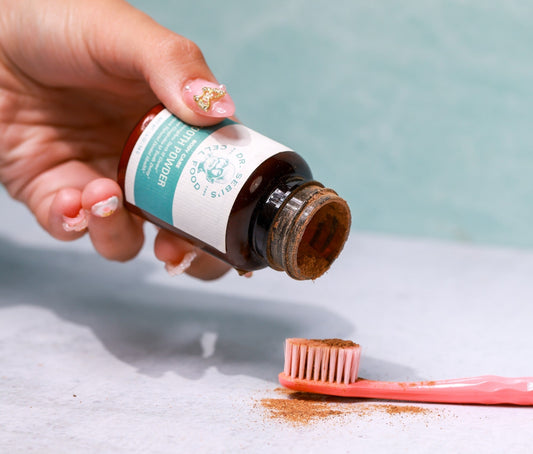
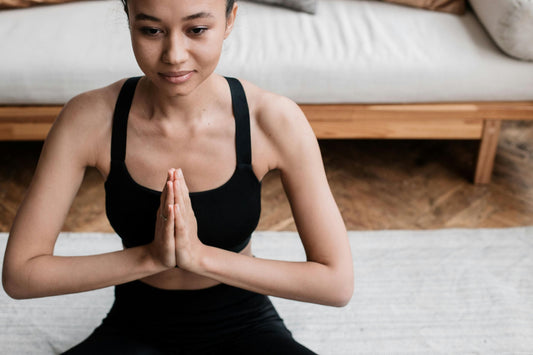

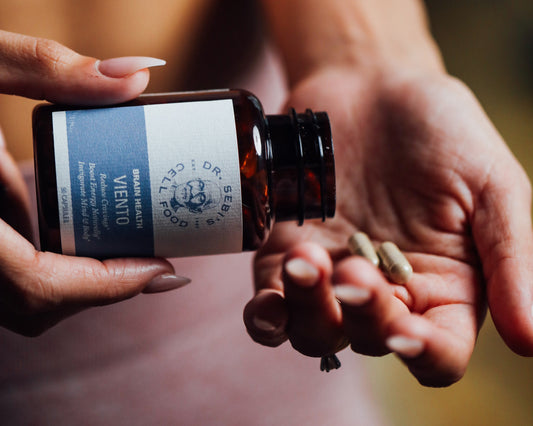
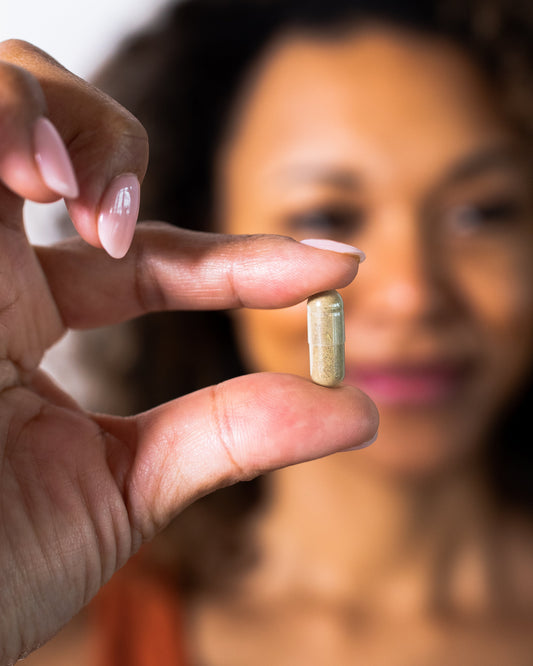

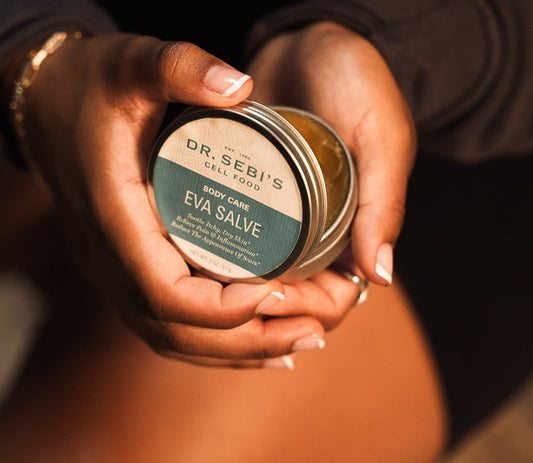
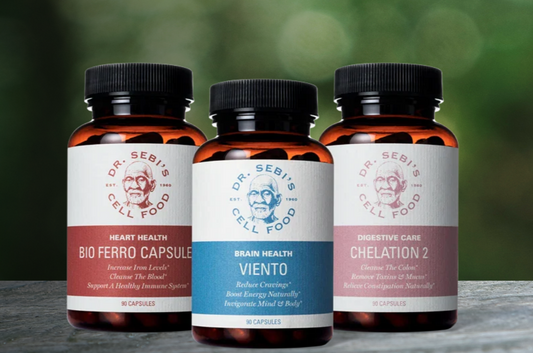
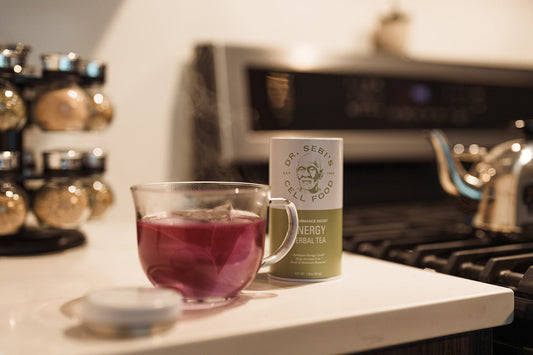


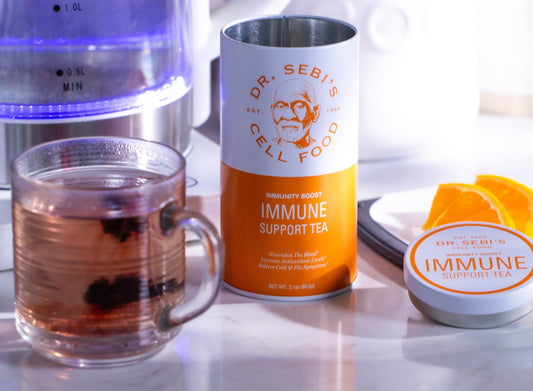
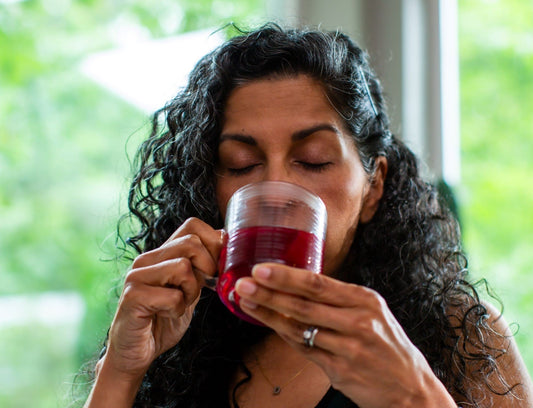
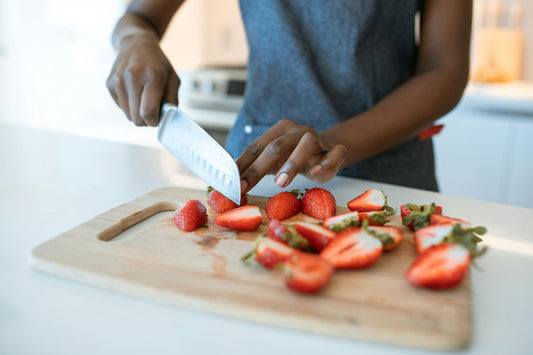

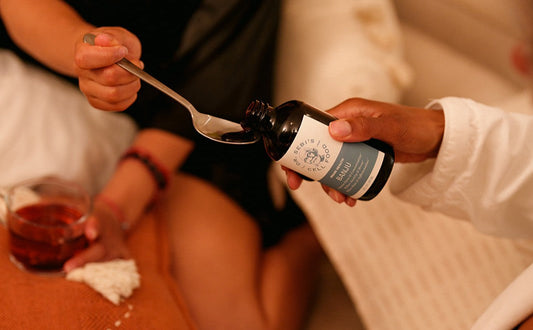
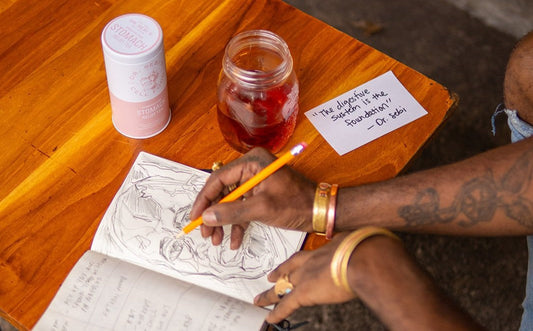
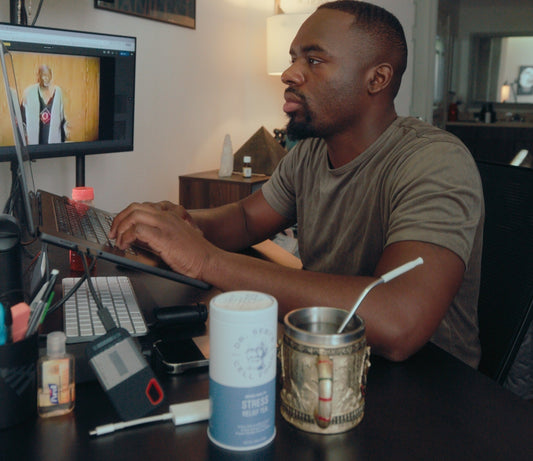
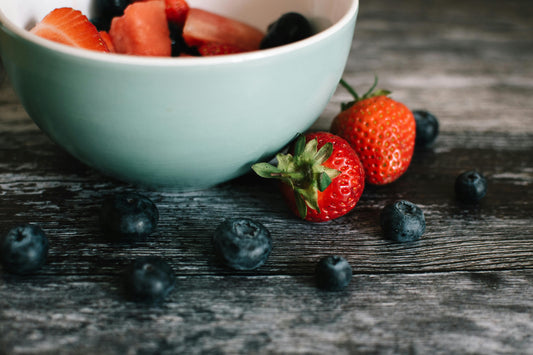
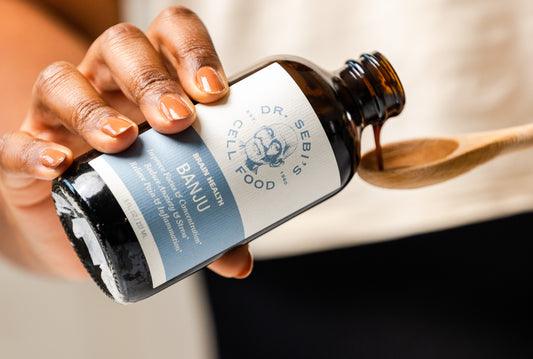
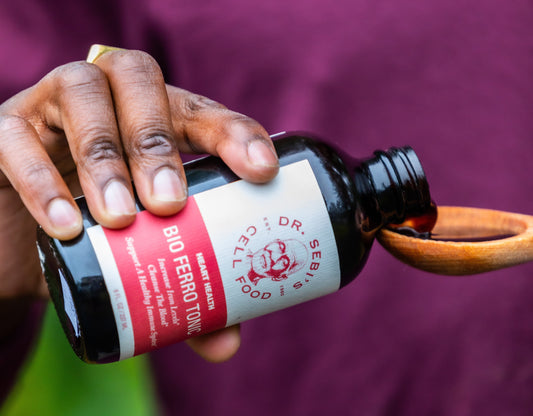
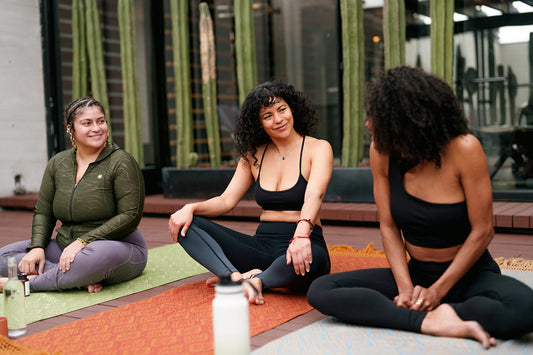
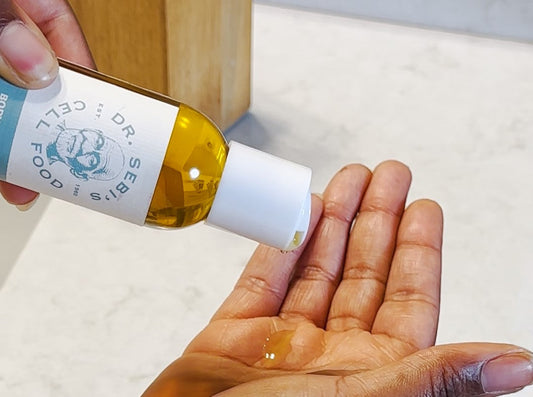
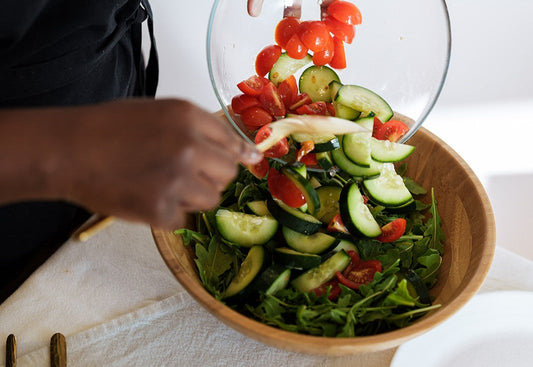



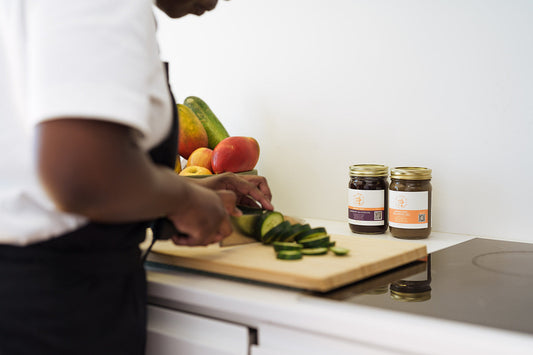
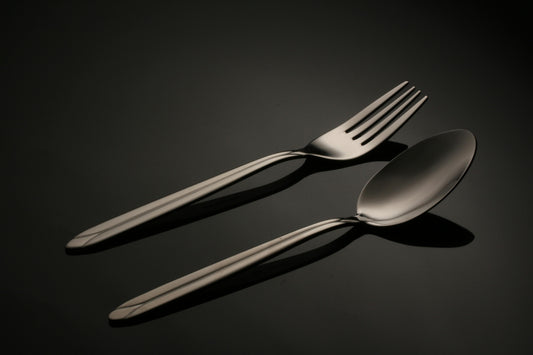
1 comment
I just started using Dr. Sebi hair oil for growth and dry hair and breakest when should I see some results?